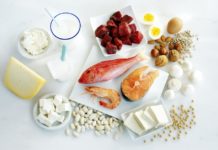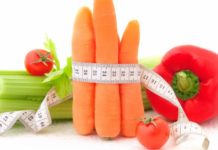Diabetes is a disease caused by metabolic disorders of a chronic nature. The topic of diabetes is widely raised by healthcare, however, unfortunately, even half of patients are still not aware of their problem. This situation, of course, can be solved if you adhere to some rules in the diet. It turns out that a low-carb diet can prevent or inhibit the development of diabetes. Nutrition according to the system proposed by nutritionists will also be useful in obesity, hypertension, and heart disease.
Material Content:
The role of nutrition in diabetes

A diabetic diet is created specifically for people with this problem, it allows you to adjust the dose of insulin. Although a diet with a restriction of easily digestible carbohydrates is dedicated to diabetics, in fact, this healthy diet is recommended for every healthy person. If you don’t follow the diet, diabetes can lead to a number of health complications. The cause of the complication may also be the accompanying diabetes - overweight or obesity.
A low-carbohydrate diet may seem tough, but if you avoid foods that are dangerous for diabetics, the restrictions seem invisible.
General guidelines for a low-carb diabetes diet
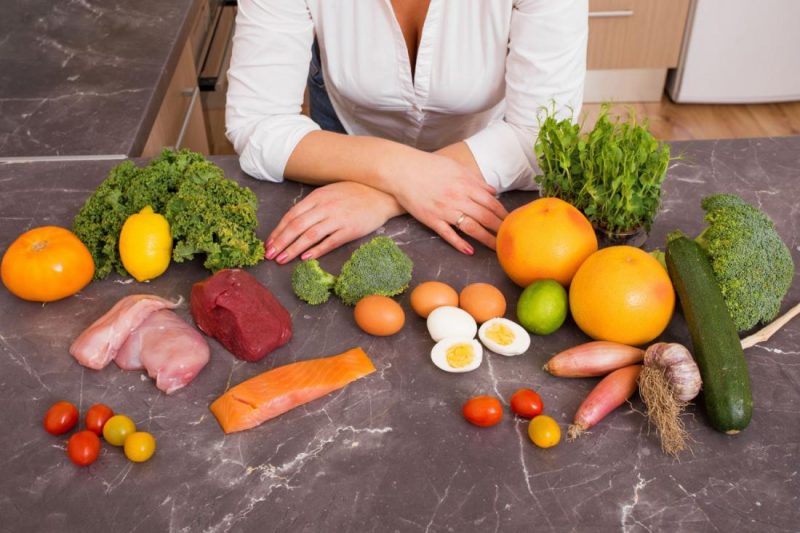
Aspects to consider when choosing diet-recommended foods:
- Saturated fatty acid content. The fact is that most people with diabetes are overweight. Excessive body weight is a risk factor for glycemic disorders. The main recommendation: reduce body weight to normal limits.
- The intake of saturated fatty acids, which are found mainly in animal products, should be limited. Remove trans fats from the diet, they are more found in confectionery and fast food.
- It is better to choose lean meats and low-fat dairy products. However, not every fat is bad. In diabetes, it is worth increasing the intake of polyunsaturated fatty acids, they have anti-inflammatory activity and protect against atherosclerosis.
- It is recommended to eat turkey meat, chickens (without skin), veal, lean beef, fish. Skim milk, cheese, yogurt, kefir. Egg white. Flaxseed, rapeseed, olive oil.
- The basis of the diet should be low GI foods. Foods that are high in fiber (wholemeal bread, oatmeal, cereals, fresh vegetables, and beans) should be preferred.
Diabetes is an insidious disease because it does not produce noticeable symptoms in the first stage. The key to preventing it from happening and an important element of therapy is diet. Limiting sugar and fat only at first glance seems difficult. Each person has the opportunity to change habits, menus for a week, and the above tips will help you eat properly with diabetes.
Diet Product Tables
The diet for type 2 diabetes can be supplemented with specially selected mineral complexes and vitamins.
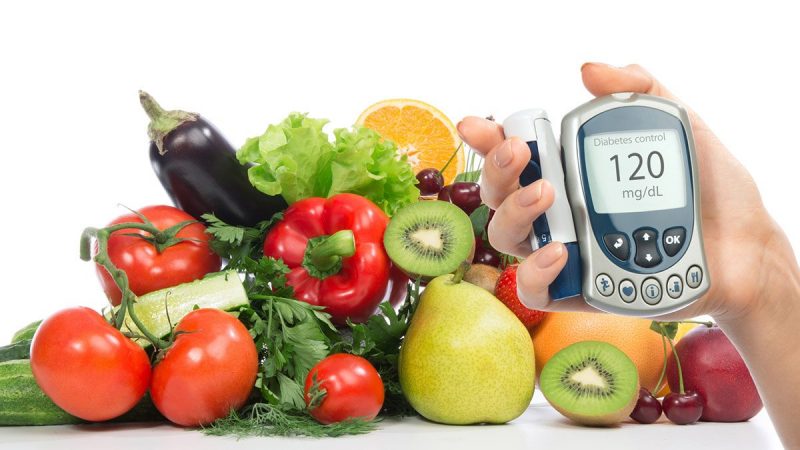
The table of low-carb diet products allows you to control carbohydrate intake in diabetes, as well as:
- lowers blood glucose;
- minimizes the risk of developing hypertension (hyperglycemia);
- Helps maintain normal body weight for obesity.
Before starting a low-carb diet, you should consult a doctor or nutritionist. He will determine what level of carbohydrate restriction is appropriate in each individual case. If the diet is allowed, you should familiarize yourself with the allowed and contraindicated foods for diabetes.
| Allowed Products | Calories per 100 g (kcal) | Serving Weight |
|---|---|---|
| Rye, white bran bread | 265 | 20-35 g |
| Crispbread | 336 | 20 g |
| Unsweetened crackers | 331 | 20-25 g |
| Cracker | 504 | 30 g |
| Cereals other than rice | 92 | 10-20 g |
| Potatoes | 77 | up to 100 g |
| Fruits other than bananas and grapes | 89 | 500 g |
| Cucumbers, tomatoes | 15-20 | 1-2 pcs. |
| Cabbage, Asparagus | 34 | 150-200 g |
| Eggplant | 25 | |
| Mushrooms | 22 | 150 g |
| Boiled meat | 254 | 250 g |
| Chicken | 190 | 90 g |
| Low-fat fish | 208 | 100-120 g |
| Caviar | 123 | 35 g |
| Yogurt, kefir | 53 | 500 ml |
| Low-fat cheese | 104 | 30-50 g |
| Chicken egg | 155 | 1 PC. |
| Vegetable oil | 899 | 30-40 g |
| Vegetable soups | 25-28 | 250 ml |
| Sorbitol, xylitol (sugar substitutes) | 347 | 30 g |
| Diabetic sweets | 547 | 3-4 pcs. |
| Cocoa Sugar Free Drink | 147 | 250 g |
| Apple juice, pumpkin, carrot | 54 | 1 cup |
| Dry wine | 68 | 65 g |
| Prohibited Products | Calories per 100 g (kcal) | Glycemic Product Index (GI) |
|---|---|---|
| White bread croutons | 239 | 100 |
| Sweet buns, pastries, buns | 301 | 100 |
| Fried potatoes | 190-250 | 95 |
| White rice | 115 | 90 |
| Mashed potatoes | 88 | 83 |
| Watermelon | 30 | 75 |
| Chocolate, sugar | 365-657 | 70 |
| Banana, Melon, Pineapple, Raisins | 115-299 | 60-66 |
| Canned fruit | 48-80 | 91 |
| Carbonated drinks | 26-29 | 70 |
| Beer | 43 | 110 |
| Honey | 304 | 50-70 |
| Smoked meats | 338-540 | 58-70 |
Allowed Products
Do not reject the discussed diet, as it can become the only effective way of a healthy lifestyle.

During a diet, people with diabetes can eat the following foods:
- fat-free types of meat, chicken without skin, it contains harmful cholesterol;
- fresh or frozen fish (carp, perch, cod, salmon, trout, sardine);
- eggs, preferably protein (not more than 2 eggs per day);
- cheeses, dairy products, with the consent of the doctor, you can drink a cup of milk;
- boiled beans, pasta, rice products and any cereals;
- steamed, raw, baked and grilled vegetables;
- fruits, oranges, lemons, cranberries, apples, currants;
- weak coffee drink, tea with milk, tomato juice;
- oil (olive, sunflower, rapeseed, pumpkin, linseed).
Brewer's yeast and low-fat broths are also recommended; they allow you to saturate the body with protein, valuable trace elements and vitamins.These foods are very beneficial for most diabetics, regardless of the type of disease they have.
Fully or partially restricted products
Despite scientific debate about the correct diet of people, many diabetics adhere to the methods of the American doctor. World-famous Dr. Bernstein has created a low-carb diet that allows him to live with grade 1 diabetes for many decades. By excluding prohibited foods from the diet, you can normalize bowel function, lower blood sugar, lose weight and improve your health.
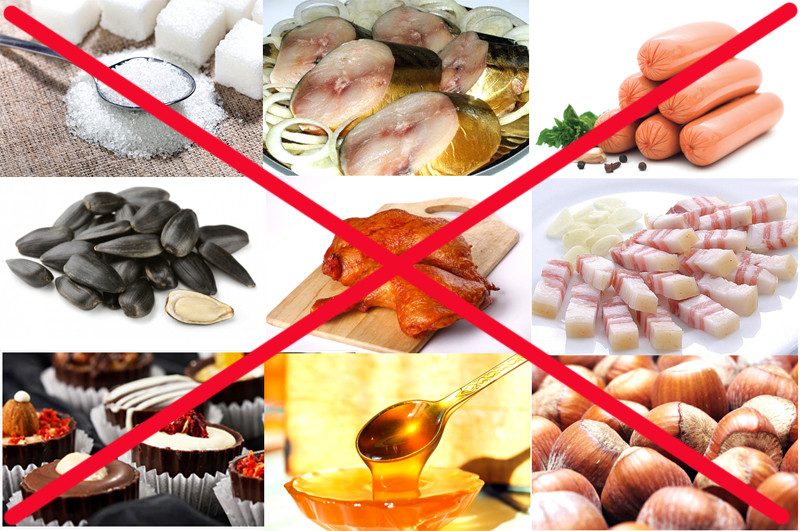
In diabetes, the following products are partially or completely contraindicated:
- sugar, sweet candies, natural chocolate;
- alcoholic and carbonated drinks;
- grapes, raisins, dried fruits, bananas;
- cookies, cakes, beekeeping products, jams, ice cream;
- bitter pepper, adjika, garlic in large quantities, mustard;
- fatty mutton, pork or fat tail fat, lard;
- smoked, spicy, sour and salty snacks.
For type 1 and type 2 diabetes, table no. 9 low carb is recommended for all days of the week. Additionally, medications, vitamins and physical activity can be prescribed.
Menu for the week with recipes
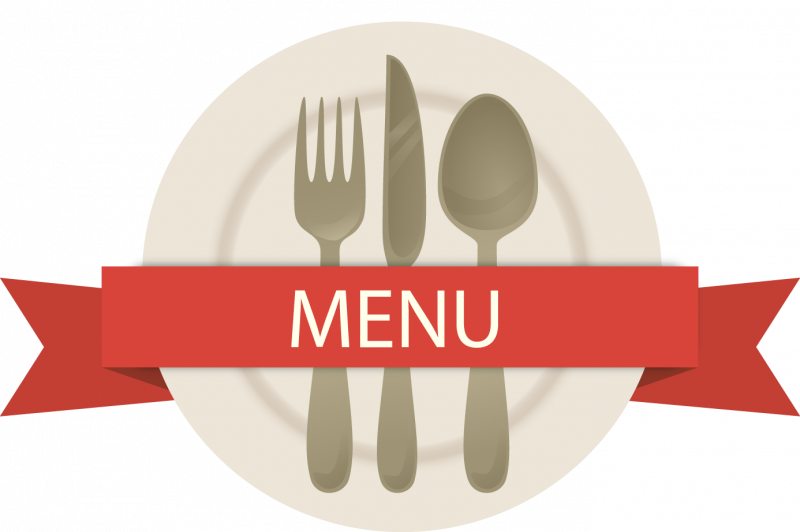
Monday
- Breakfast: fried toast with fried eggs;
- Lunch: cauliflower and leek soup;
- Dinner: cauliflower baked with salmon fillet cheese, yogurt.
Snacks are allowed throughout the day, including fruits, nuts and rye crackers.
Tuesday
- Breakfast: yogurt with raspberries, pumpkin seeds;
- Lunch: chickpeas and tuna salad, fresh or frozen strawberries;
- Dinner: lean beef goulash, pudding.
As a snack, you can take bran bread with peanut butter, avocado, yogurt, nuts.
Wednesday
- Breakfast: porridge with almonds, blueberries and pumpkin seeds;
- Lunch: a serving of Mexican Salsa sauce (prepared on the basis of vegetables, corn and spices);
- Dinner: chicken baked with broccoli, strawberry yogurt.
Including nuts, wholemeal tortillas with peanut butter, rice pudding.
Thursday
- Breakfast: omelet with mushrooms and tomatoes;
- Lunch: boiled chicken, mushroom soup and raspberry yogurt;
- Dinner: baked veal with green salad, juice from wild berries.
In addition, you can include oatmeal with light cream cheese, nuts and avocados.
Friday
- Breakfast: omelet on cereal toast with mushrooms;
- Lunch: beef soup, barley porridge, Greek yogurt;
- Dinner: Italian-style chicken steaks with brown rice and broccoli.
If you want sweets, you should include in the diet products for diabetics, which can be bought in specialized stores.
Saturday
- Breakfast: fried toast with bacon and mushrooms;
- Lunch: chicken salad with chickpeas and herbs;
- Dinner: salmon steak with broccoli, chocolate pudding for diabetics.
When choosing snacks, you should pay attention to raspberry smoothie, freshly prepared juices and nuts.
Sunday
- Breakfast: fried eggs with fish on cereal toast;
- Lunch: ham, leek, parmesan with avocado, celery, cucumber and salad;
- Dinner: baked chicken, potatoes, green beans and spicy sauce, yogurt with cereals or lingonberries.
For a snack, take olives, nuts, dried fruits and oatmeal with low-fat cream cheese.
Table number 9 for diabetes
Sugar is replaced with sweeteners (xylitol, sorbitol or aspartame). Products can be cooked in any type of food except frying. Meals are divided 5-6 times at regular intervals, including lunch and afternoon snacks.
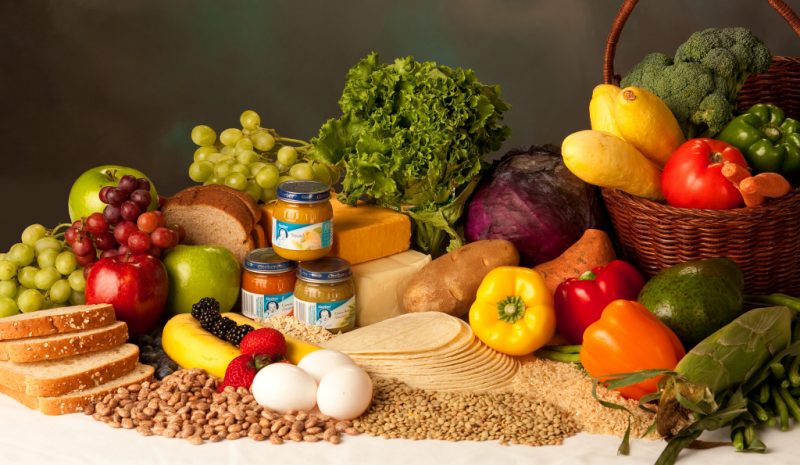
Sample diet menu table number 9 for diabetics:
Breakfast
- buckwheat porridge or rice with butter;
- toast with meat or fish paste;
- weak sugar-free tea with milk.
Dinner
- vegetable or low-fat meat, fish soup;
- vegetable oil pasta;
- salad of red cabbage and apple cider vinegar;
- Fresh sweet and sour apple.
Dinner
- syrniki without raisins from low-fat cottage cheese;
- boiled fish, fresh cucumbers, tea with a sweetener.
At night, half an hour before bedtime, you should drink a cup of kefir, take bread bran or rye. Feeling a sense of hunger, they drink a drink with brewer's yeast, unsweetened yogurt.
Often patients say that they have to eat too often, they are afraid that they will begin to gain weight. This is not true, nutritionists do not believe that eating apple or yogurt is considered high-calorie food. Carbonated drinks can do much more harm.
Type 2 diabetes diet
Type 2 diabetes requires some changes in eating habits and daily life. With sufficient physical activity, proper nutrition, treatment and control of doctors, you can enjoy a full life. Diabetes of this type is most often the result of an unhealthy lifestyle and, above all, obesity. Therefore, it is important to sit on a diet that is appropriate for type 2 of the disease in a timely manner. In order for the pancreas to resume normal insulin production, diets are recommended, but they are against hunger strikes.
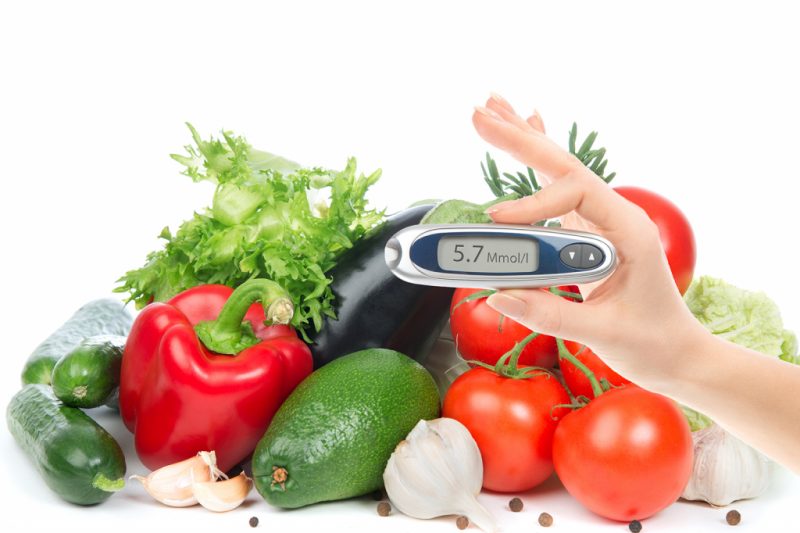
The Diabetic Association of Doctors does not deny that with low calorie intake, blood sugar levels decrease, however, the patient loses not only weight, but also health. A 600 kcal diet is inadequate, it has few nutrients, vitamins, minerals, protein and fiber. Such nutrition will certainly lead to the depletion of the body. The menu is best suited in 5-6 sets, for 1500-1800 calories.
A proper diet should cover the need for nutrients in accordance with standards developed by nutritionists.
Contraindications
People with diabetes get tired very often. They want to drink constantly, despite their appetite, lose weight and suffer from fungal infections. Contraindications for diabetics are unbalanced and low-calorie diets. They should not be confused with a low-carb diet, which was developed jointly with experts in nutrition. Due to the fact that diabetes leads to many complications, you should reconsider your diet.

Prohibit the intake of fatty, spicy and sweet foods. Otherwise, there may be problems with the vessels, the development of atherosclerosis is threatened. Studies have found that physical activity and diet are a very good way to fight diabetes. To start eating right, you should get recommendations from your doctor if there are contraindications.



